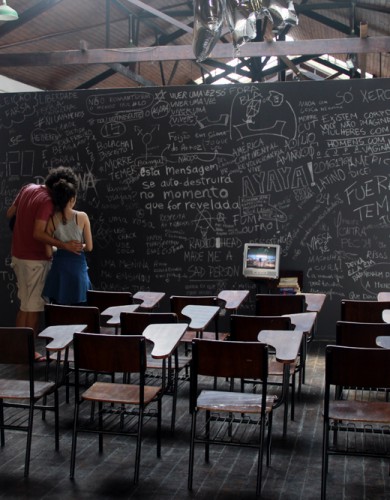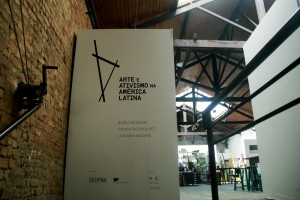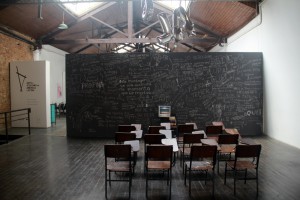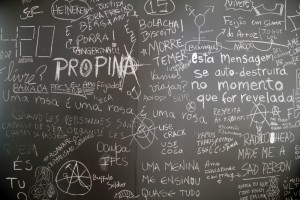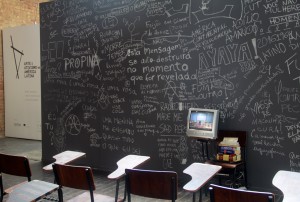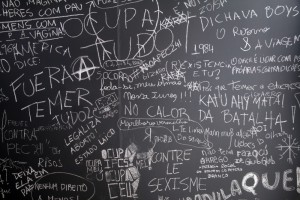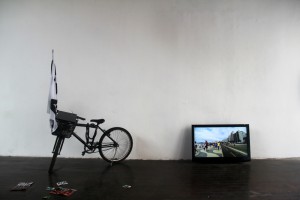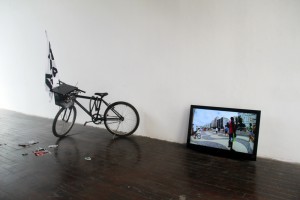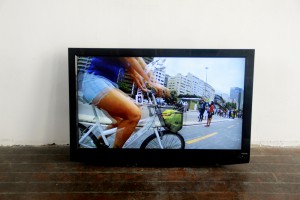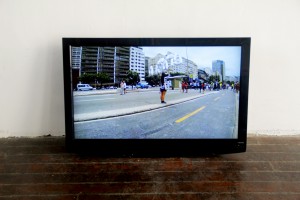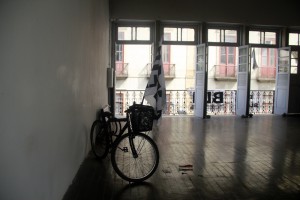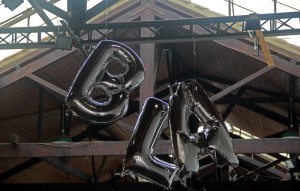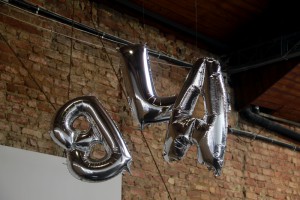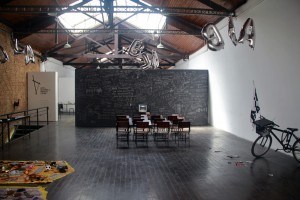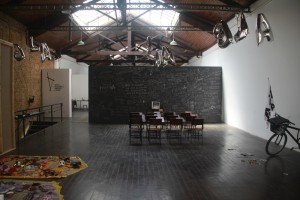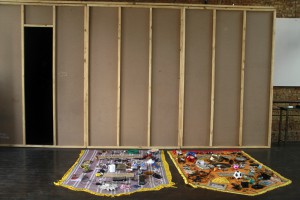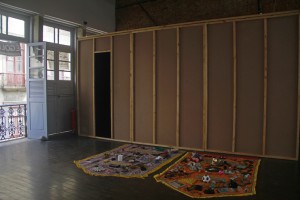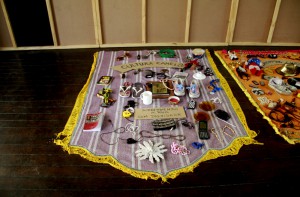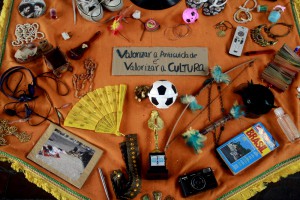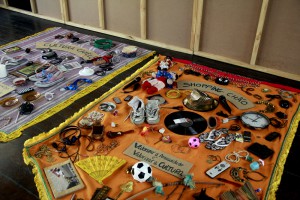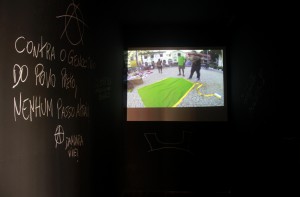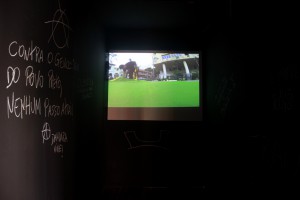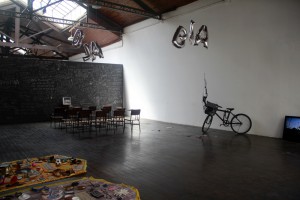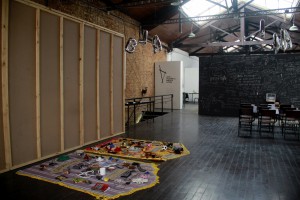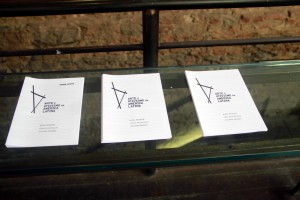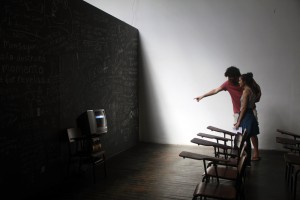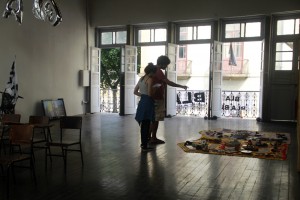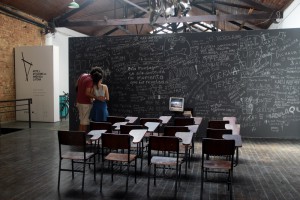The Art and Activism in Latin America Project was conceived under the sign of the tropics as a means for expressing the artistic ideas and practices rooted in a continent so dissimilar and at once so similar in its ongoing struggle between colonial history and the regularly renewed promise of a redemptive (utopic?) future, between the forces of economic and cultural domination and the dream of greater political independence and universal democracy.
By relativizing not only the cultural bonds common to all Latin American countries but also the differences inherent to its distinct geographies and colonial histories, this project establishes a platform for discussion and action, a space for exploring new artistic strategies to grapple with the collection of dilemmas and political crises being faced locally, regionally and even globally.
Therefore, Despina and the Prince Claus Fund promoted unprecedented encounters with artists whose political concerns form the essence of their work. For this year I, three artists were invited to take part in a special residency programme, to live together in Rio de Janeiro and to individually and collectively make art, pursue studies and develop strategies that involve, occupy and expand the many notions of public space.
“In the Heat of the Battle” consists of a set of pieces especially developed by Jesus Bubu Negrón (San Juan), Crack Rodriguez (San Salvador) and Luciana Magno (Belém) during the two months they lived together in Rio de Janeiro. Highlights from their audiovisual, installation and performance works include public expressions conceived in response to the heated political atmosphere currently galvanizing debate throughout Brazil.
Jesus Bubu Negrón, finding inspiration in Rio’s fanfare orchestras and Carnival floats leads an orchestra exploring “deafness” and “muteness” which characterize the lack of information transparency and the contempt for voices of minorities in contemporary Brazil and Latin America. To capture this mood, he directs the drums and trombones to drown out the wind instruments and “batucada”, producing a clear mismatch between the tension of the musicians’ movements and the absolute lack of musicality. The Puerto Rican artist also addresses the informal labor market – the street vendors – inviting discussion about our culture of consumption and disposal, and survival strategies in a market that disposes of people and their labor force.
Crack Rodriguez’ work stems from the protests and demonstrations that inflamed confrontations between the police, students and teachers in Brazilian cities during the 2016 public-school occupations and that have been recently aggravated by Provisional Presidential Decrees 746 and 241, which respectively overhaul the country’s high school curriculum and restrict government spending on education. Using student desks as a sculptural, symbolic and performative element, the Salvadorian artist has designed a movement of collective fall that symbolizes the toppling of vertical power structures in educational institutions.
Luciana Magno’s art is a direct criticism of Brazil’s current political system, occasioning the formation of an acronym that effectively represents no-one and reflects an absolute lack of commitment to an ideologically clear political agenda. Amidst the turbulent city elections, concurrent with the impeachment proceedings against President Dilma Roussef and the graft investigations known as “Operation Car Wash”, the Belém artist launched the “Brazil Anarchic Libertarian” party, or BLA party. Party members moved around the city – visiting polling stations and performing on the streets – spreading their indecipherable message and onomatopoeic slogan of BLA-BLA-BLA, a reference to political hot air and to the letters of the anarchic party itself.
Although the art and performances predominantly occured in the public sphere, which is the core element of the residencies and discussions in this first year of Art and Activism in Latin America, Despina’s exhibition space included videos of the performances, pieces left over from street productions and sculptured works and installations that referenced the group’s exploration and studies during their two-month residency in Rio de Janeiro.
By relativizing the role of art – of art’s usual allegiance to material production and therefore to the circulation of objects that hold both symbolic and commercial value, this project encourages a discussion on the dematerialization of art and a more widespread dissemination of art in non-institutional settings.
Bernardo José de Souza
curator
***
To learn more about the artists and Art and Activism in Latin America – year I, click here.
***
PICTURES GALLERY (horizontal scrolling)
by Frederico Pellachin
